The South Tower of the Alūksne Castle Ruins
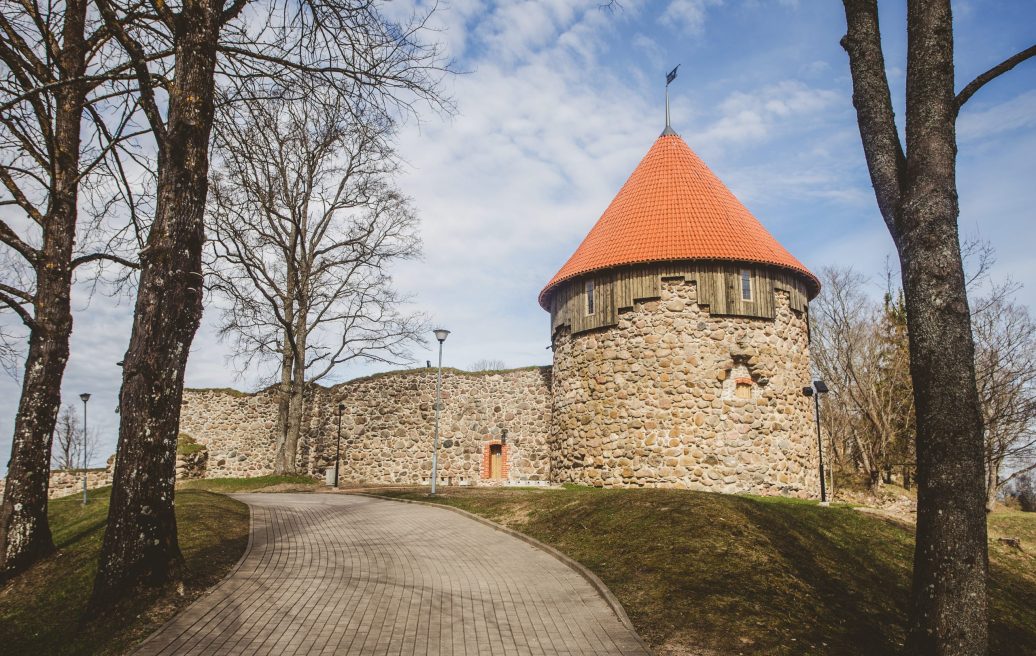
Description
Alūksne Castle (Marienburg) sits on the largest island of Lake Alūksne – the Pilssala Island.
Dating back to 1342, it was built on the picturesque island of Lake Alūksne by the Livonian Order under the leadership of Burchard von Dreileben. The castle was consecrated on 25 March that year, the date of the Feast of the Annunciation, and was named Marienburg to honour the occasion. Arnold von Vietinghoff became the castle’s commander.
Until 1560, Alūksne was the Order’s main fortification in the eastern part of Latvia. It was a significant trade centre, thanks to the Rīga–Pskov road passing through. The commander’s military unit consisted of 200 heavily armoured cavalries and about 300 Lehnsmann.
During the Livonian War in 1560, the castle was captured by the Russian Tsar Ivan the Terrible, and in the following years, the castle changed hands between Russians, Poles, Germans and Swedes, who repeatedly destroyed the ancient Latvian settlements. After the Peace Treaty of 1661, Alūksne Castle was taken over by the Swedes. In 1680, both the castle and the town were fortified.
Despite its many owners, the fortress lasted for 360 years, unconquered for 218 years.
A wooden bridge, about 120 m long, connected Alūksne Castle to the mainland. The castle’s total dimensions were almost 200 m in length and 100 m in width. The main castle, a castellum of the Order, was surrounded by a northern castle-front of about 80 x 65 m, separated from the southern castle-front of 810 x 90 m by a 1.3 m thick southern partition wall. The castellum of the Order’s main castle was laid out in a near-perfect square with sides about 30 m long.
The Southern castle-front had utility functions, served the needs of the garrison, as well as housed workshops for craftsmen, servant’s quarters and barracks. There was also a mill and stables for horses and cattle.
The castle was destroyed in 1702 during the Great Northern War and remained empty since.
Of all the medieval castles in Latvia, Alūksne Castle ruins have suffered the most severe damage. When the Ministry of Culture of the Latvian SSR gave its permission to build a stage in the northern part of the southern castle-front in the 1970s, a 2-metre thick cultural layer was thoughtlessly excavated without any investigation.
Improvements made within the project
Of the eight towers of Alūksne Castle, the late-16th-century South Tower has been restored. Located in the corner of the castle front, the defensive tower was adapted for the use of firearms. The tower’s original stone walls were restored and the vault in the basement was reconstructed, too. An open internal wooden staircase was constructed to connect the tower’s three floors. It boasts a new conical roof covered with red clay tiles. From 2022, the tower offers the exhibition The Eighth Brother of MARIENBURG – a unique son et lumière adventure from medieval Alūksne.
The Eighth Brother of MARIENBURG is a collaboration of outstanding specialists: a song telling the story of the eighth tower which remembers all – everything since the birth of Marienburg Castle to this day. It is a story about the things that matter: the desire and the right to be truthful; and love that never dies. The legend was created and recorded by the Latvian Radio Choir.
The project conserved the walls uncovered during the archaeological survey, the bonfire site in the Castle’s courtyard, and the tower’s connecting stone wall. It also set up a walking trail around the medieval castle and developed an educational exhibition covering the castle’s history.
Investments – EUR 652,868.79
Of which:
ERDF funding – EUR 251,566.13
state budget grant – EUR 13,318.20
municipal funding – EUR 387,984.46
The project was implemented by Alūksne Municipality Local Government.
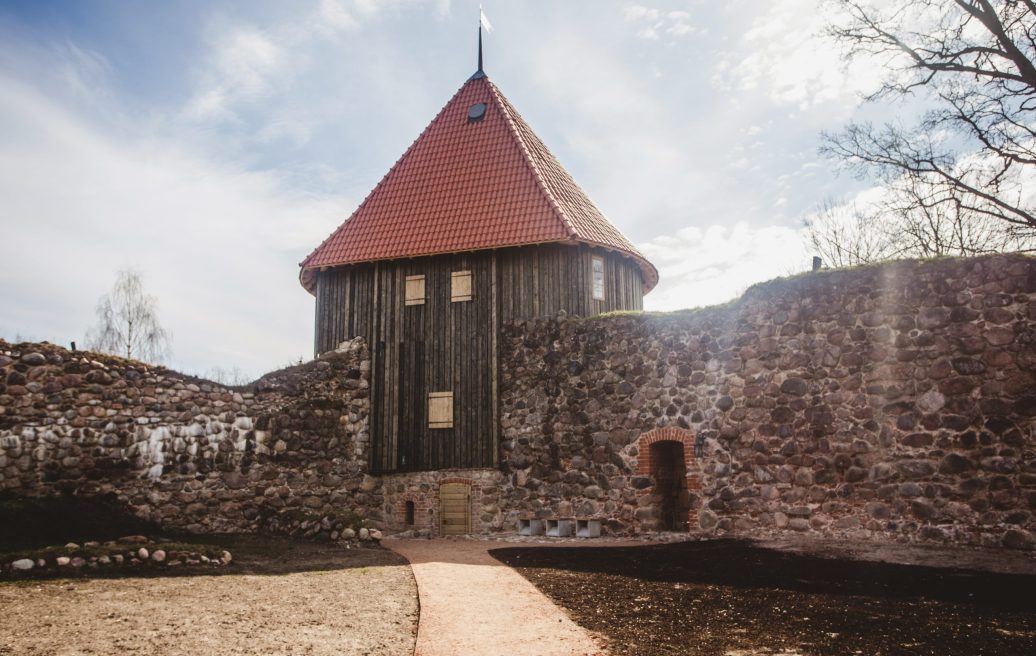
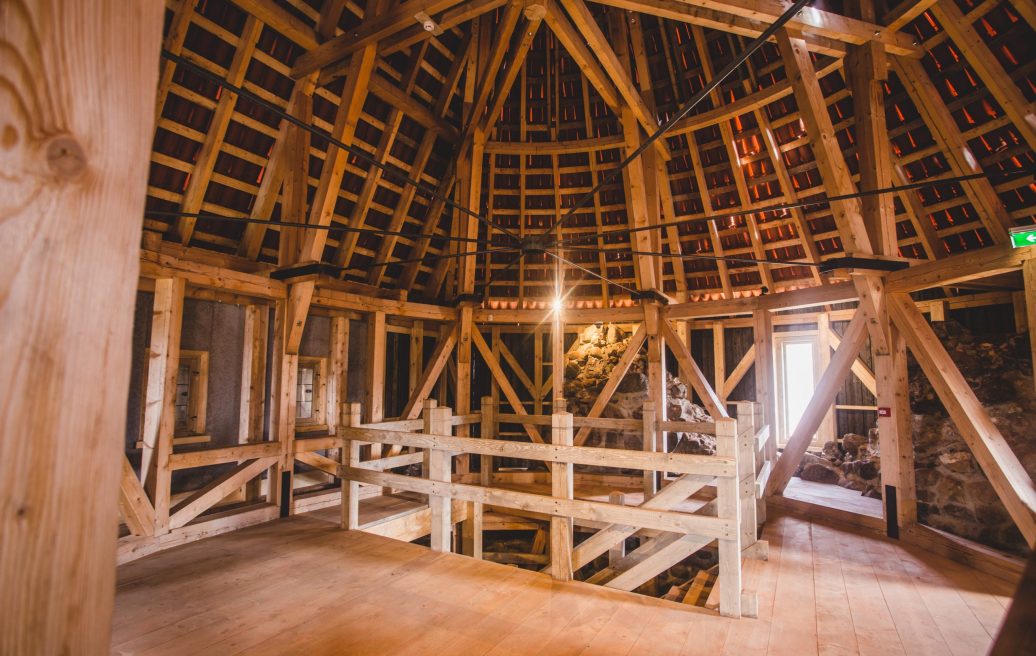

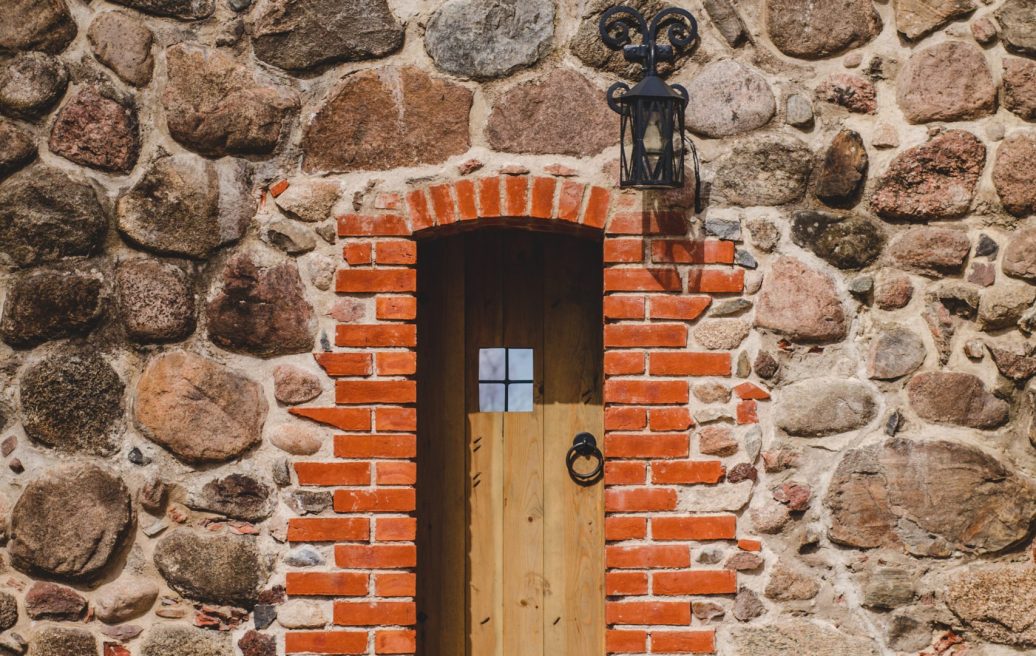
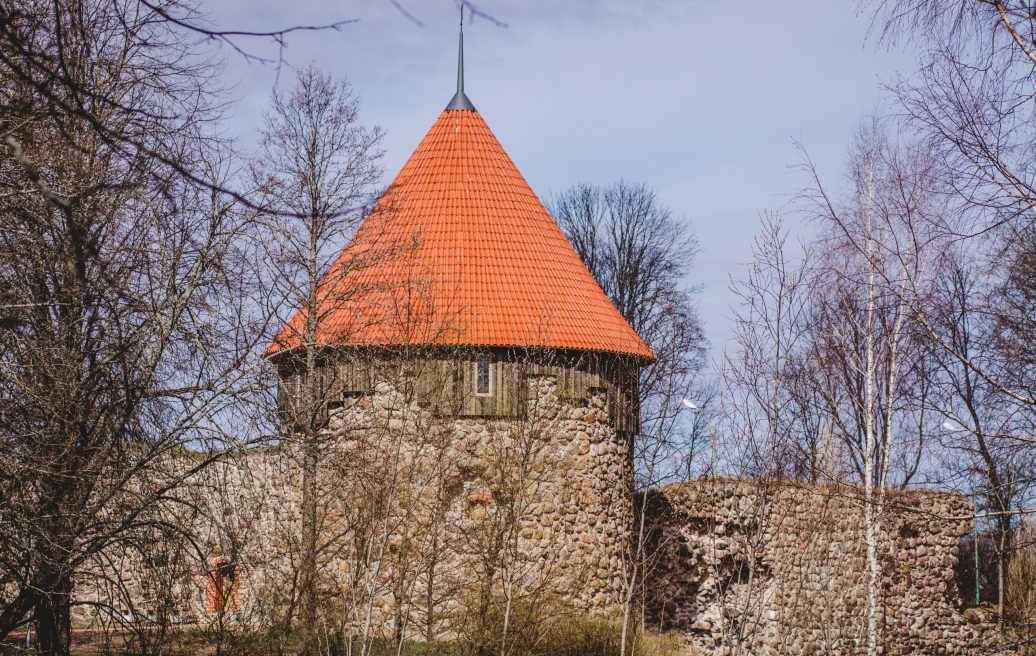
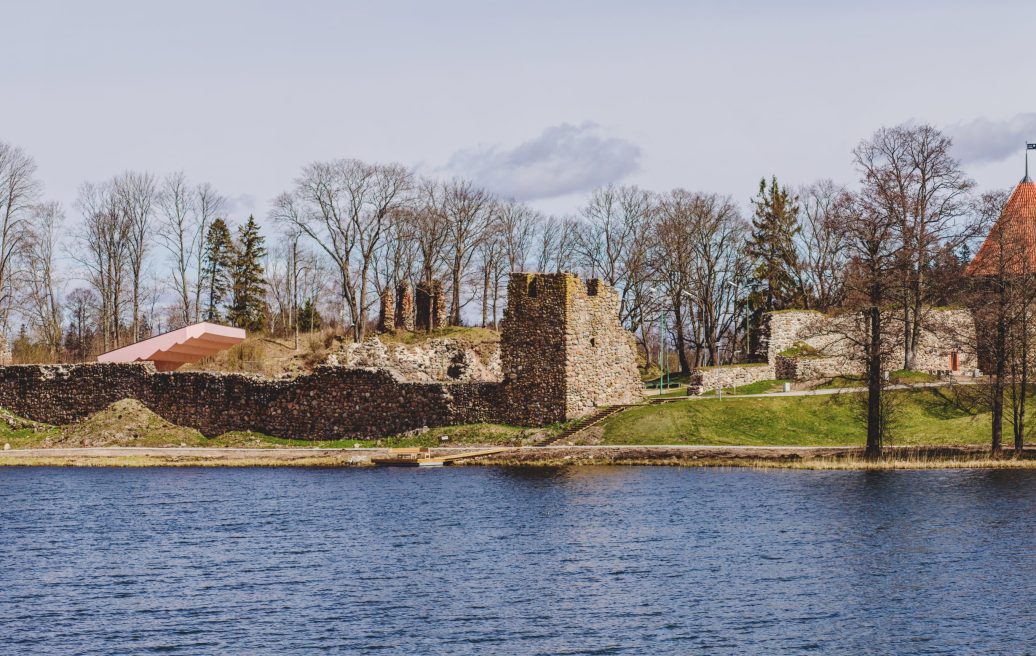
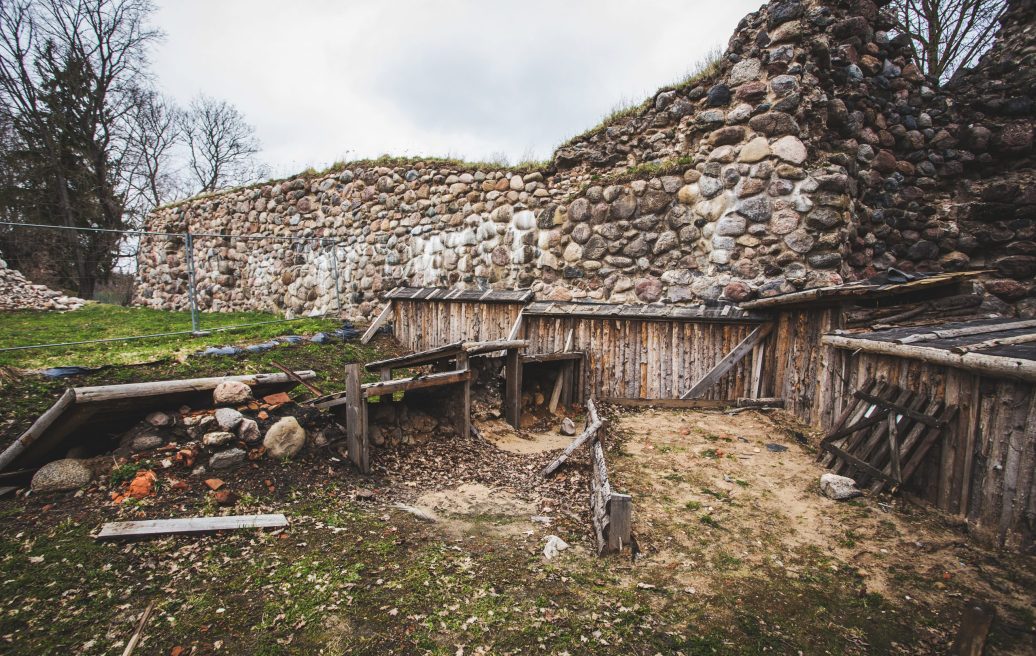
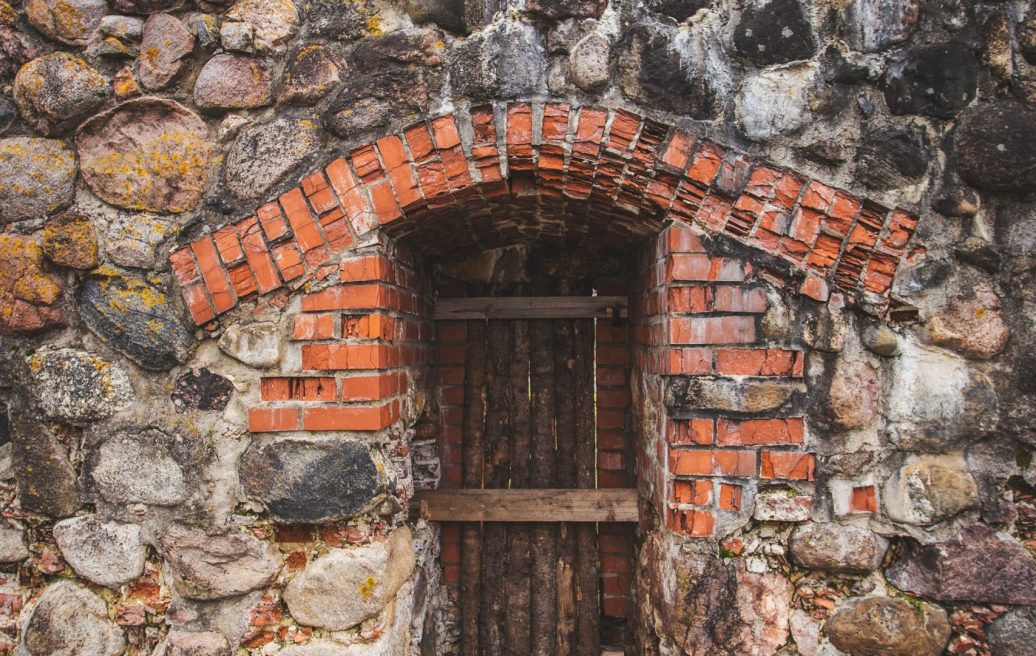
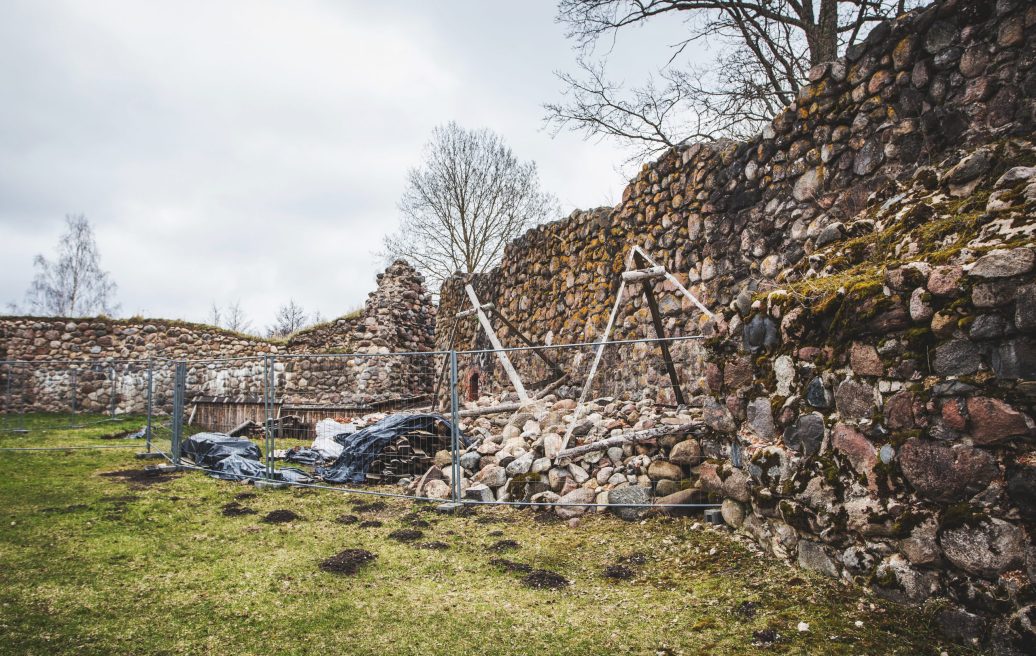
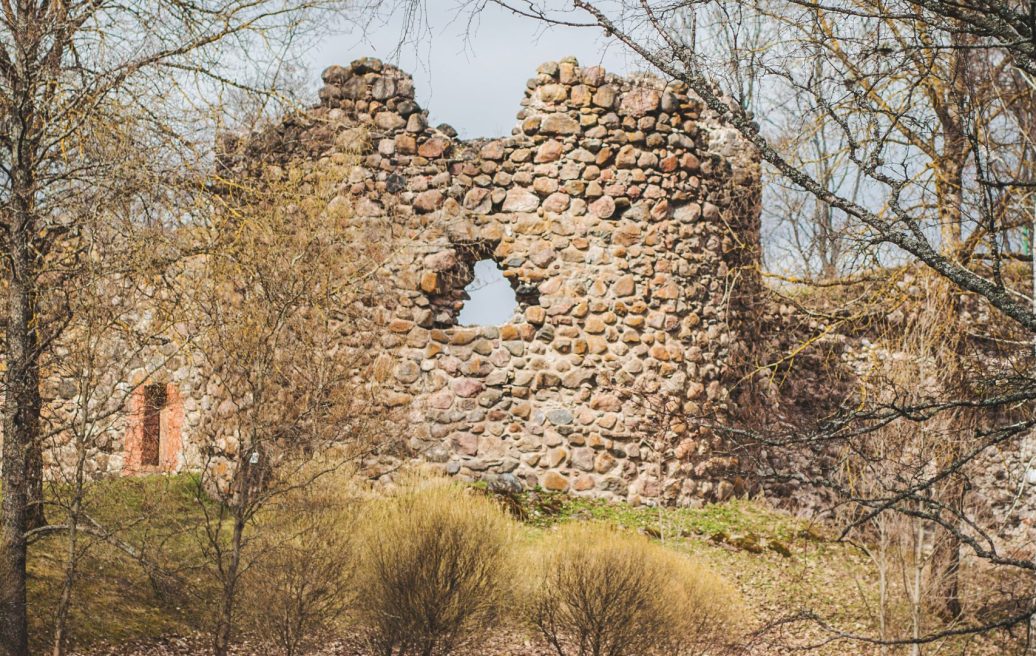
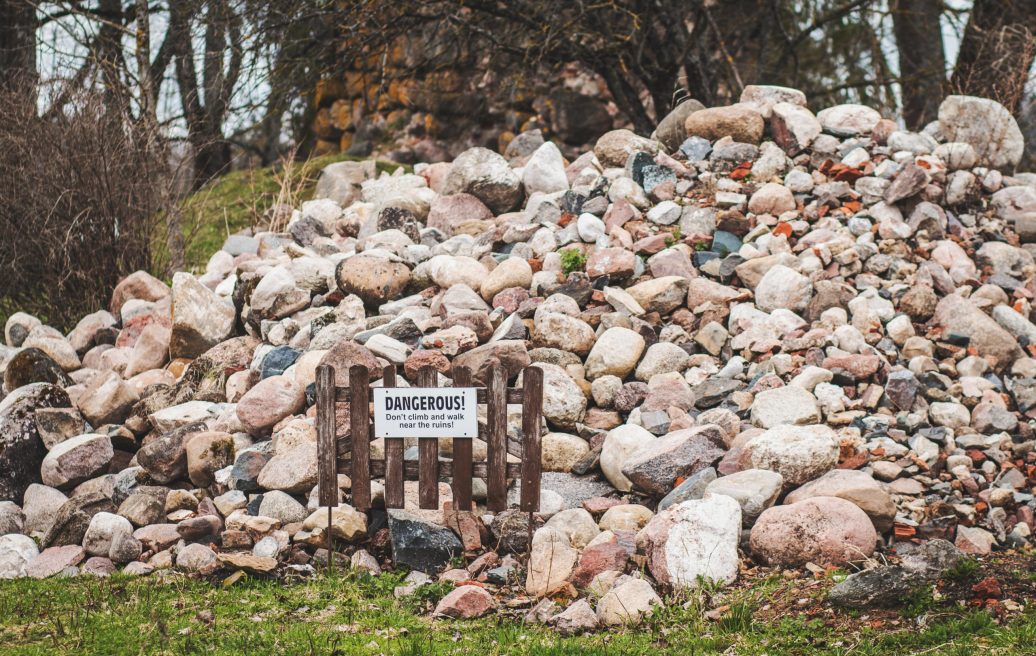
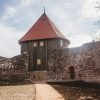
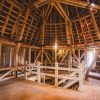
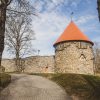
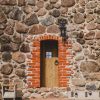
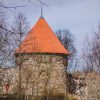
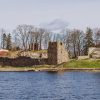
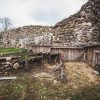
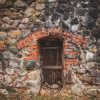
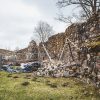
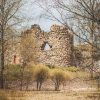

Address
Pilssalas street 5, Alūksne
Working time
1.11. – 30.04
Monday – Tuesday: closed
Wednesday – Sunday:
Show times: 10:00, 10:40, 11:20, 12:00, 12:40, 13:20, 14:00, 14:40, 15:20, 16:00
1.05. – 31.10
Monday – Tuesday: closed
Wednesday – Sunday:
Show times: 11:00, 11:40, 12:20, 13:00, 13:40, 14:20, 15:00, 15:40, 16:20, 17:00
Admission fee
- EUR 6 for adults
- EUR 4 for pupils, students, pensioners
- EUR 12 Family ticket (1 or 2 parents, 2-4 children up to 18 years)
- For groups of 10 or more people: EUR 5 for adults, EUR 3 for pupils, students, pensioners, and children up to 6 years of age (inclusive) – free of charge
- For group leaders or teachers accompanying 10 or more persons – free of charge
- Children up to 18 years of age with disabilities, persons with group 1 disabilities and one person accompanying them – free of charge
Getting there
Located in the town of Alūksne, just 15 minutes from the Alūksne central bus station. Access on foot, by private transport or public transport on the routes Gulbene-Alūksne, Rīga-Alūksne, Balvi-Alūksne, etc.
